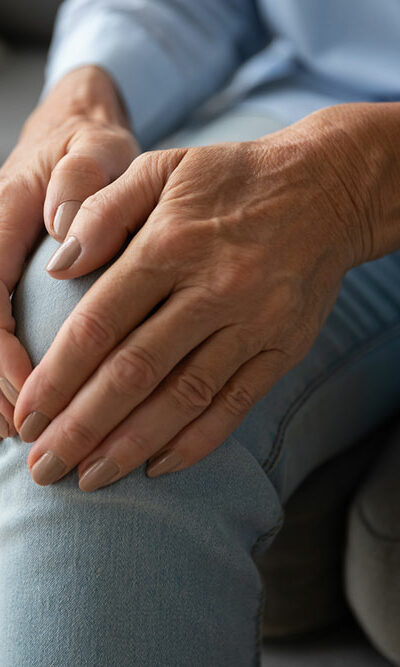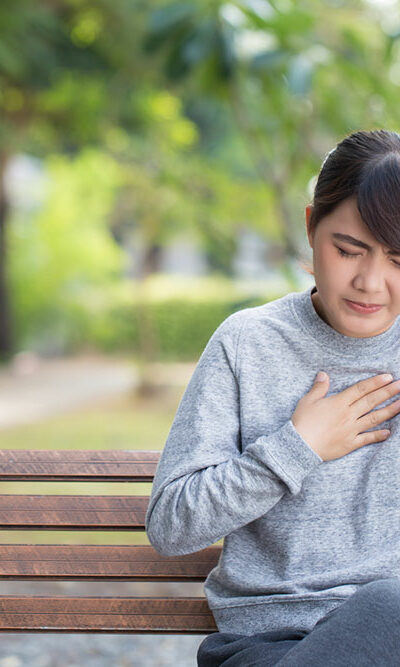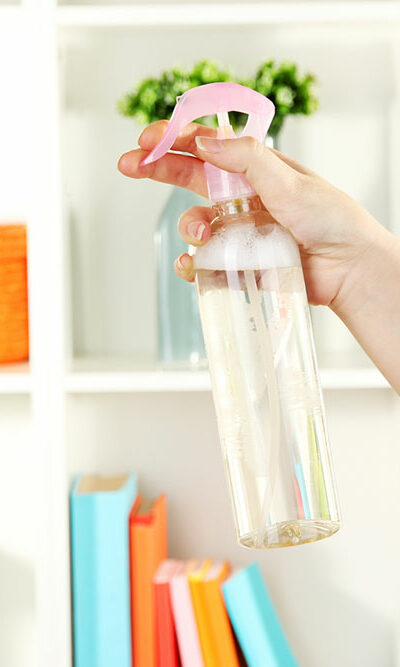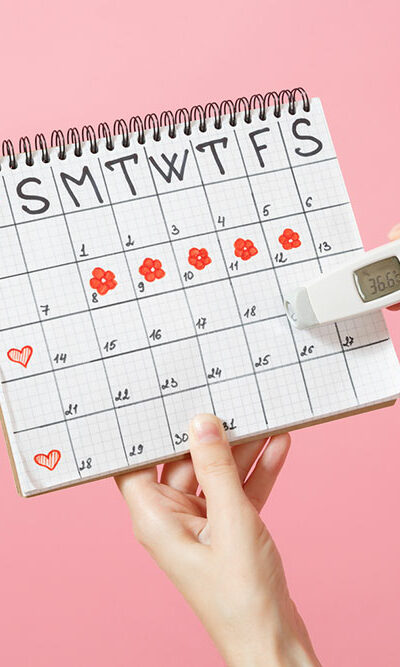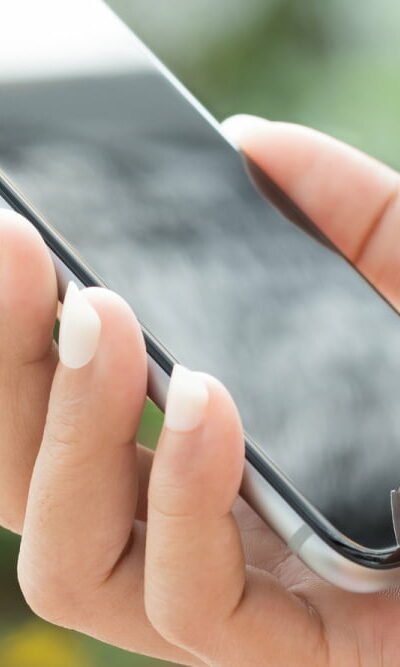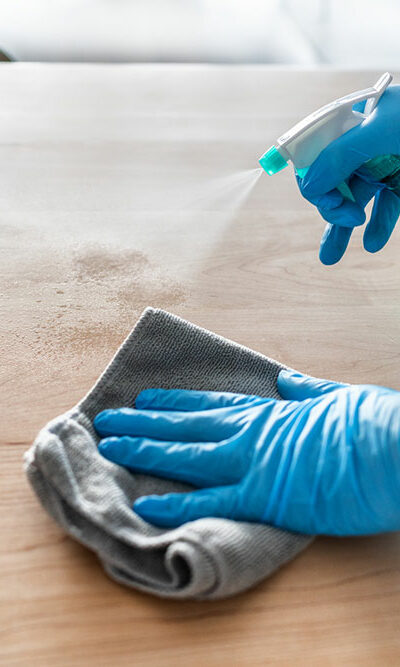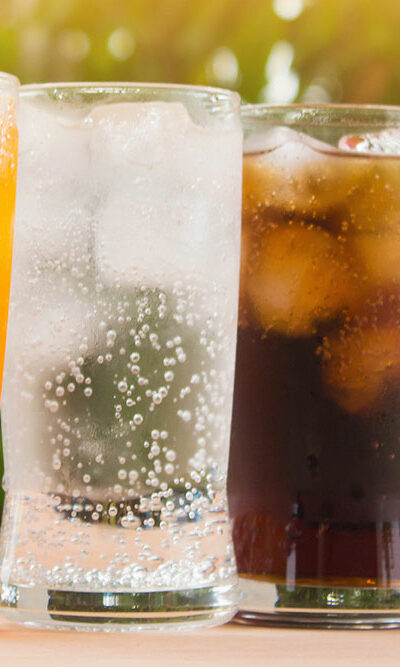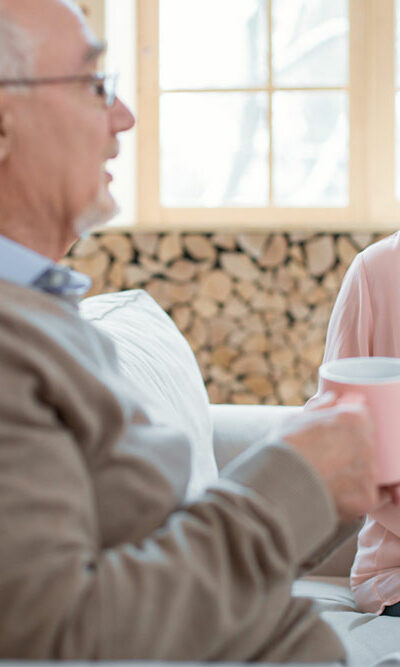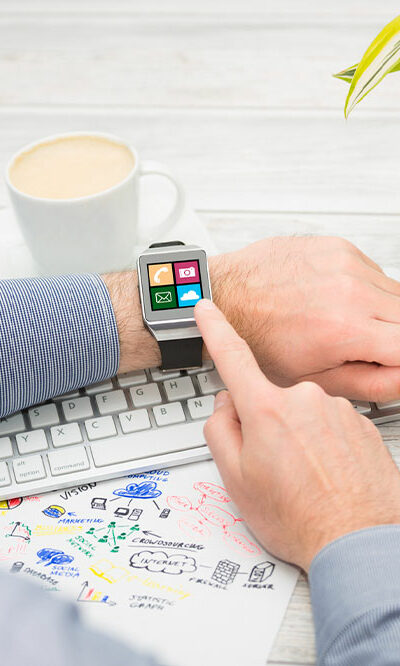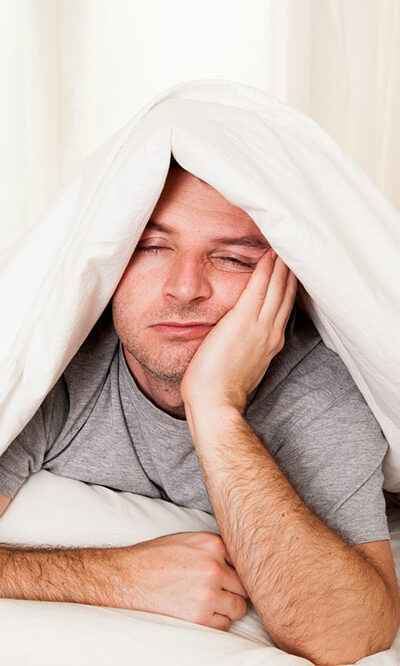
7 signs of growth hormone deficiency
In the intricate tapestry of human biology, the growth hormone plays a pivotal role in sculpting the body and the mind. Yet, sometimes, the body fails to produce an adequate supply of this crucial hormone, leading to a condition known as Growth Hormone Deficiency (GHD). While GHD is often associated with stunted growth in children, it can persist into adulthood. This article delves into the subtle signs that may indicate the presence of GHD in individuals. Decreased muscle mass Individuals with GHD may experience a noticeable reduction in muscle mass. This decline can occur despite engagement in regular physical activity. The muscles appear less defined and weaker than before, leaving people feeling less capable physically. Fatigue Persistent fatigue is another subtle yet telltale sign of GHD. One may struggle to stay awake during the day or feel drained despite adequate sleep. This exhaustion can impact one’s daily life, making it challenging to stay focused and alert. Thinning of hair People may notice that their hair becomes brittle, fragile, and falls faster. This can be distressing, affecting one’s self-esteem and confidence. Skin changes The skin changes in individuals with Growth Hormone Deficiency. It may become thinner, less elastic, and prone to dryness, leading to wrinkles’ premature appearance making one look older. Mood swings Mood swings, irritability, and overall emotional instability can indicate GHD. Hormonal imbalances caused by insufficient growth hormones can impact one’s psychological well-being, causing fluctuations in mood and temperament. Weakened immune system An impaired immune system is another concern associated with GHD. Individuals may fall ill more frequently and struggle to recover from illnesses. This heightened susceptibility to infections can disrupt their daily routines and overall quality of life. Poor bone health Growth hormone plays a vital role in maintaining bone density and strength. Those with GHD may experience weakened bones, increasing susceptibility to fractures, and even minor accidents or injuries.
